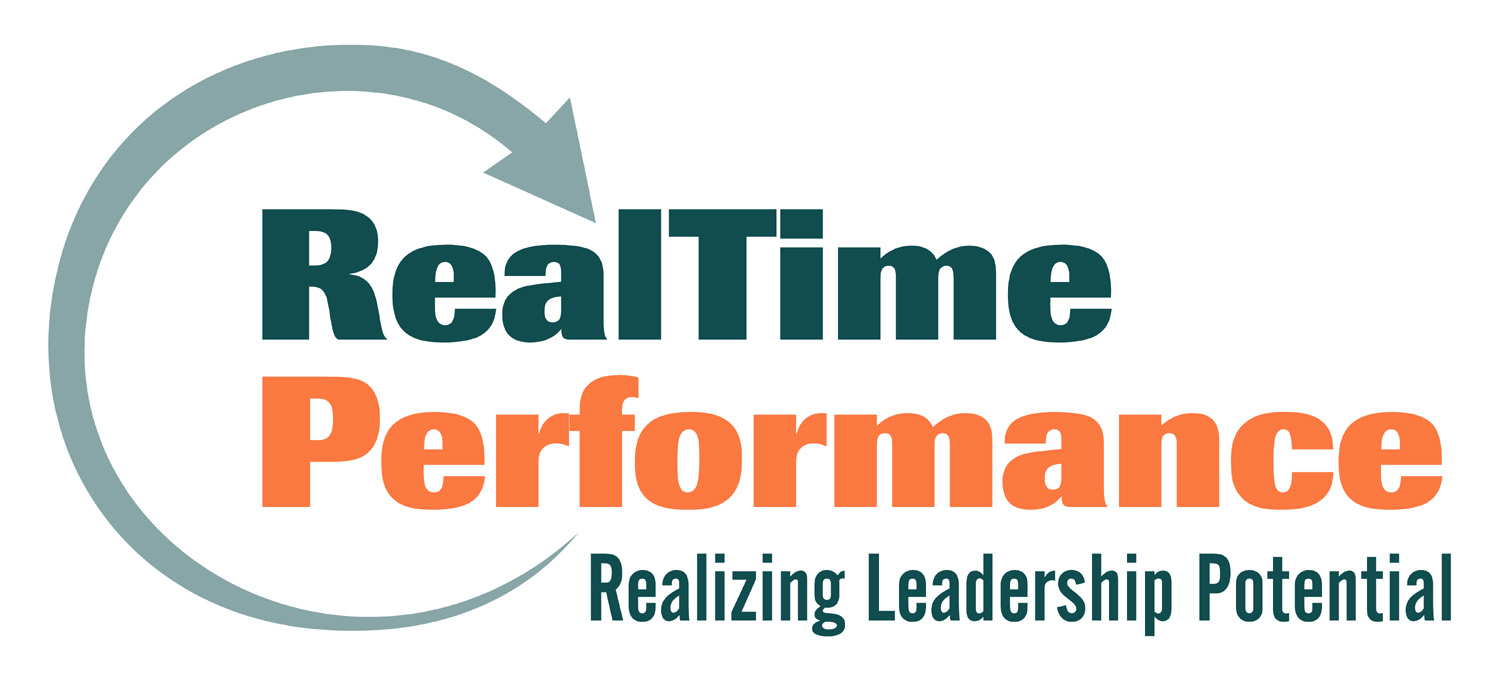I was recently invited to speak to a group of mid-level managers about leadership and the speaker I followed was Dr. Izzy Justice, CEO of EQMentor who spoke to the same audience about managing the different generations in the workforce. Izzy talked about the Top 10 Reasons Gen Xers are Unhappy at Work. Given that I fall squarely in the Generation X fold, I was interested in this research (originally published by Tammy Erickson in her Across the Ages blog). The list is interesting and basically rang true for me (I encourage you to read it for yourself), but I want to highlight reason number 3:
3. Most corporate career paths “narrow” at the top – the perceived range of options diminishes as individuals become increasingly specialized in specific functions or roles. X’ers crave options, which assuage your concerns about being backed into a corner.
I think this is of particular concern to many Gen Xers and it will become an even bigger challenge for Generation Y, the larger more ambitious and tech-savvy generation born after 1980. How do companies deal with employees who want to keep their options open and constantly learn new skills? Many such employees are not interested in joining a large bureaucratic company where the perception is that they will lose their individual creativity and flexibility.
One solution is offered in the book, Mavericks at Work, by Bill Taylor (who also writes the Practically Radical blog for HBR) and Polly LaBarre who write about how IBM is stepping up to the generational challenge. In order to make IBM appealing to a new generation of talent that is more naturally attracted to start-ups or open source projects (where they feel they can keep options open), then to a 320,000 employee behemoth, IBM started an internship program called Extreme Blue:
To the participants, it’s a sink-or-swim immersion experience that divides highly accomplished students into small teams, assigns them to work on major problems, supplies them with barely-out-of-the-lab technology, and gives them three months to, in the words of the Extreme Blue manifesto, “start something big.”
At the end of the three months, the interns are invited to present their recommendations to IBM’s CEO Sam Palmisano and other executives. IBM sees this program as fulfilling two goals; (1) in the short-term it helps the company attract the next generation of talent and (2) in the long-term, IBM hopes this kind of highly focused, diverse work-team will be the model for how work gets done. Five to ten years from now, when Generation X and Y dominate the workforce, IBM will be ahead of the curve because they’re already pioneering the kind of culture and environment that will unleash the energy and creativity of its employees.


